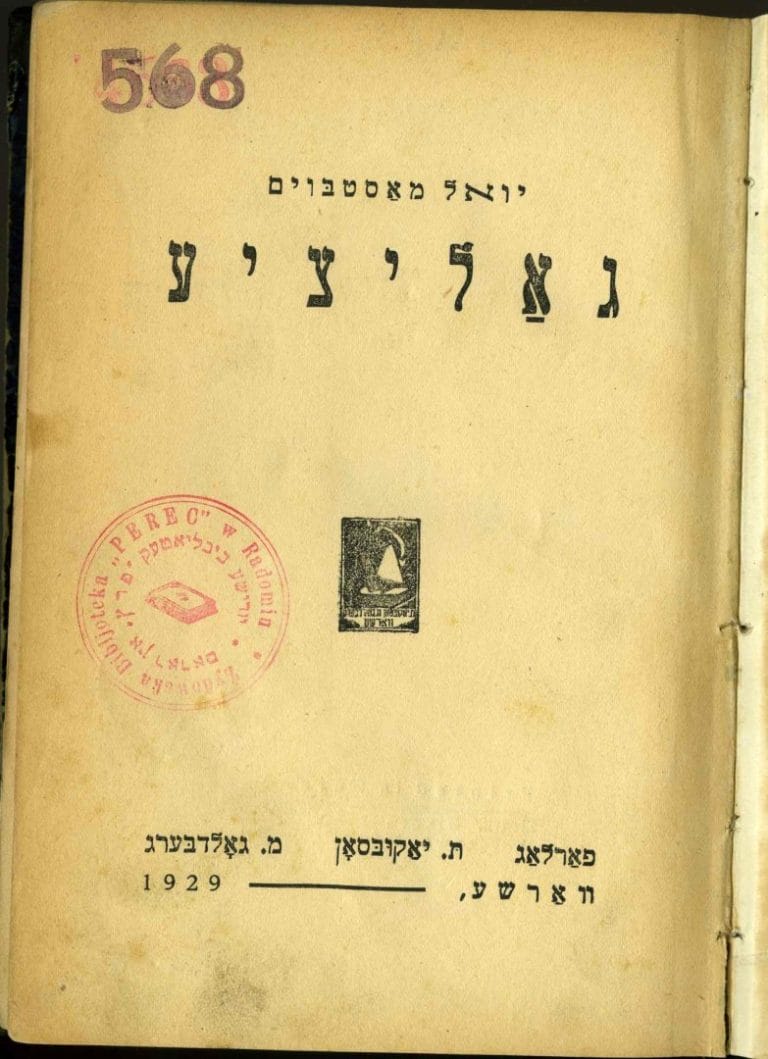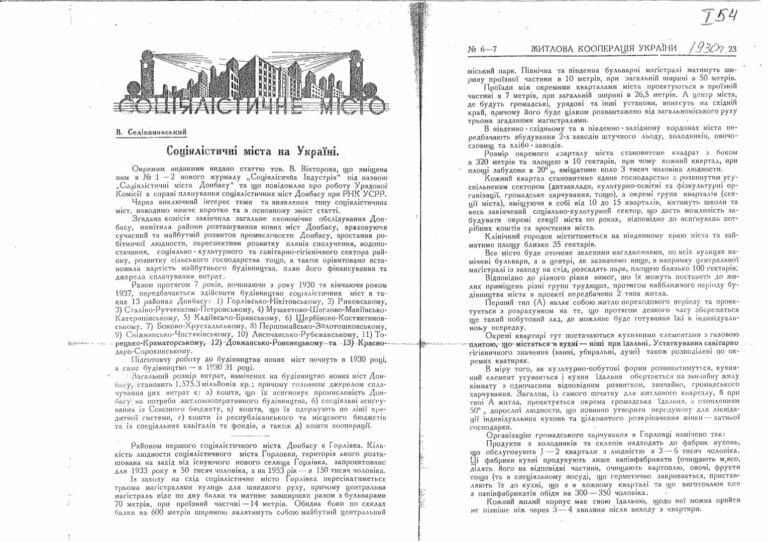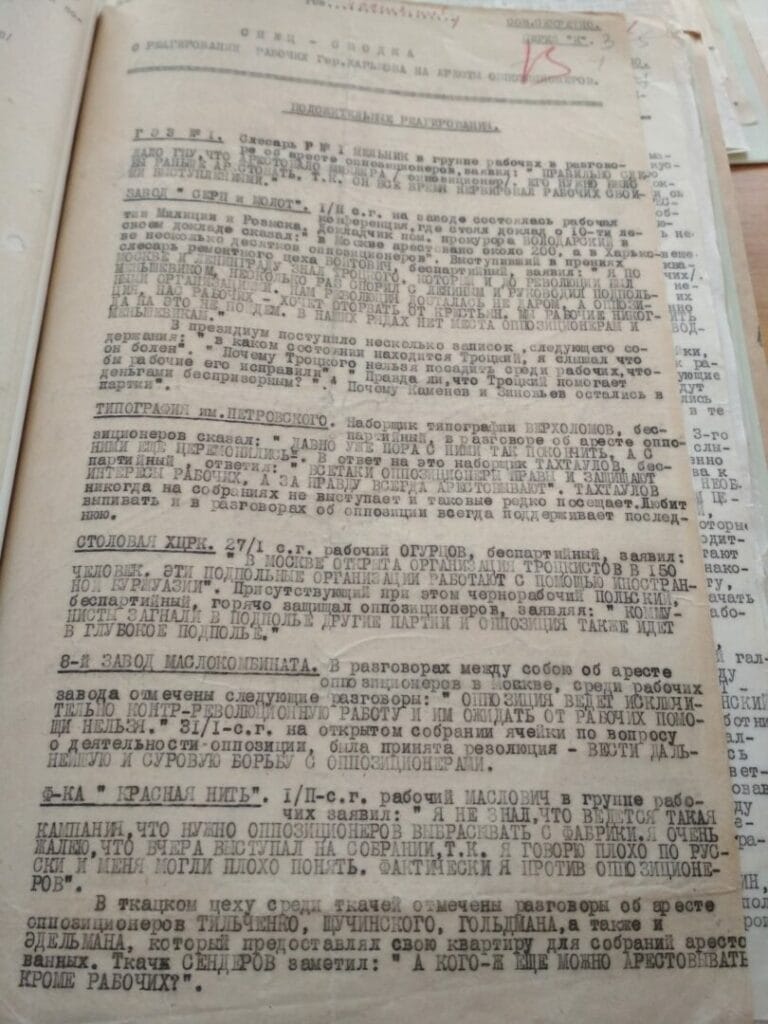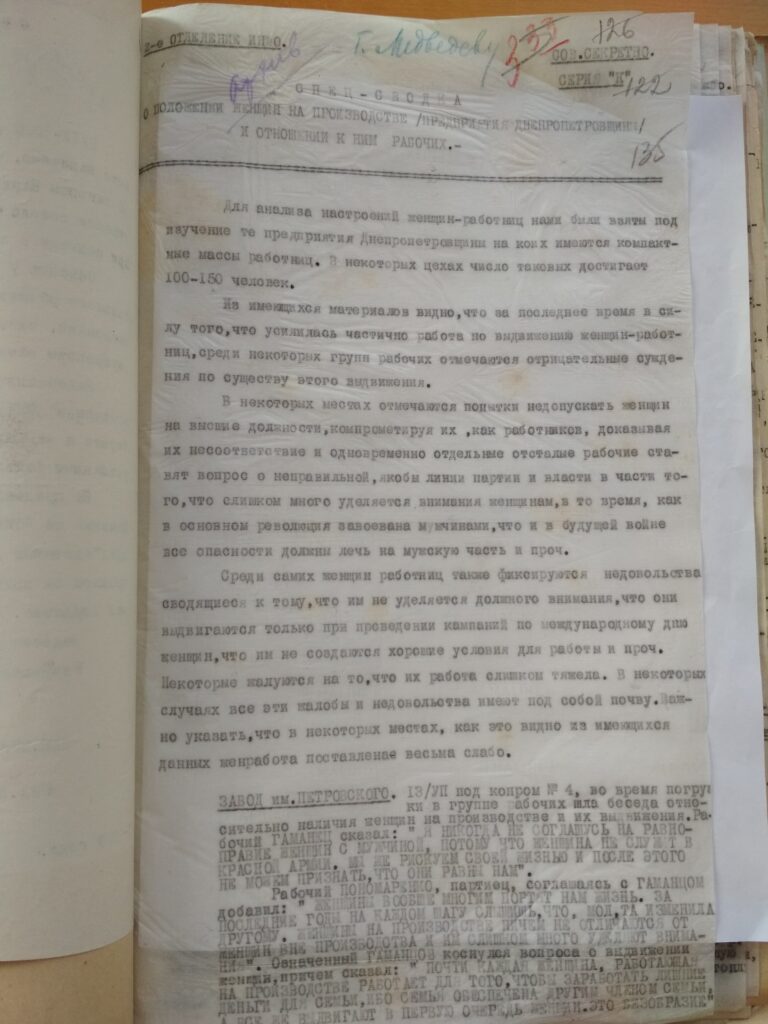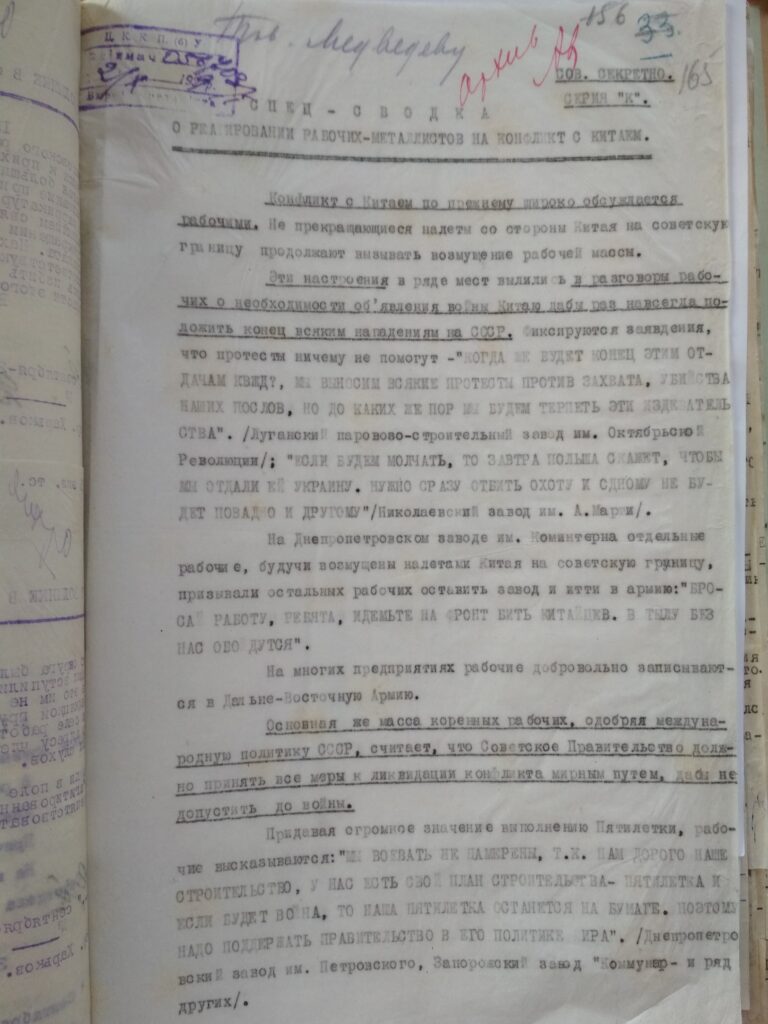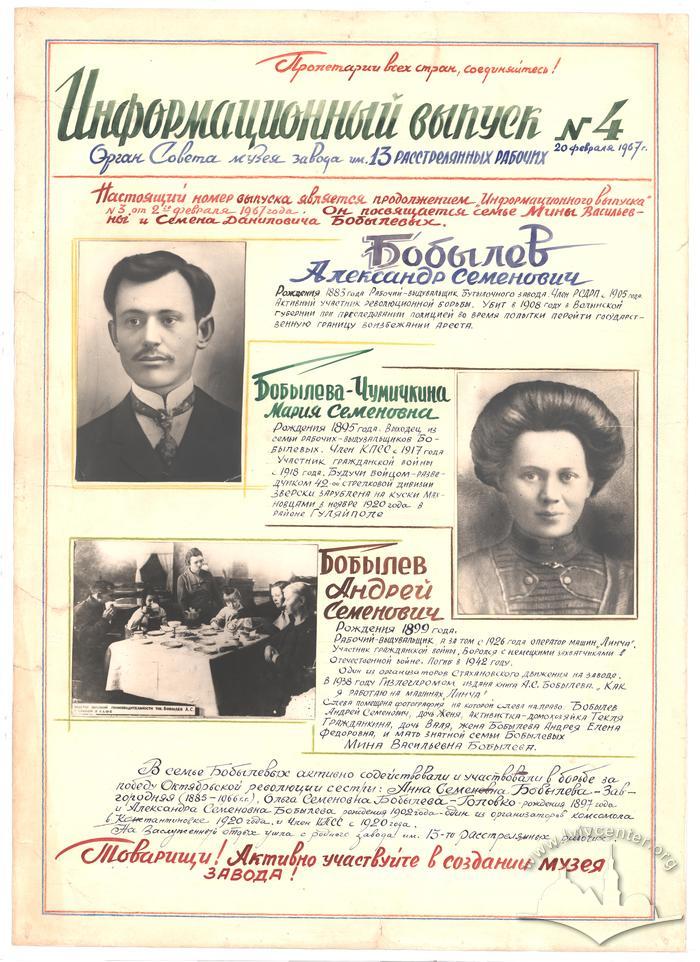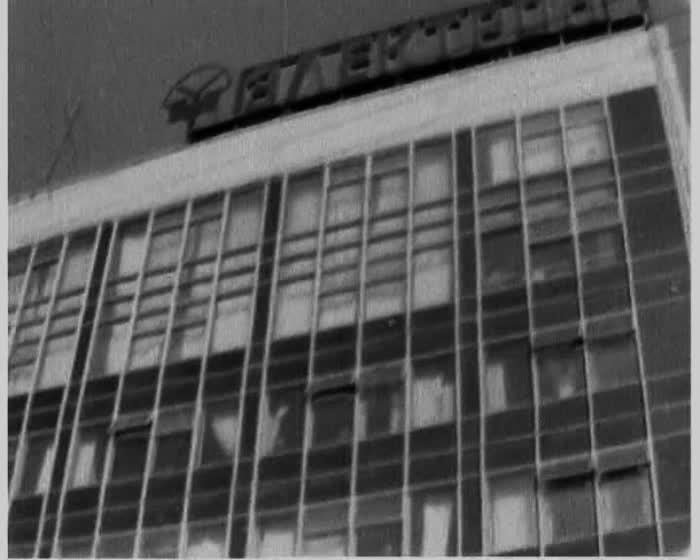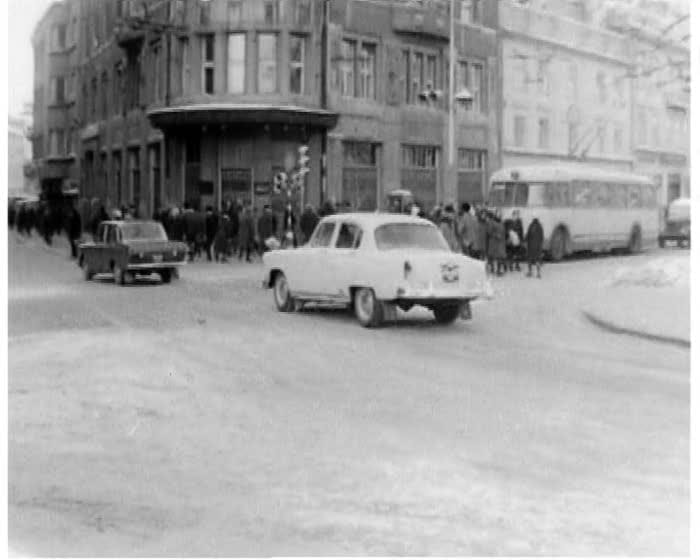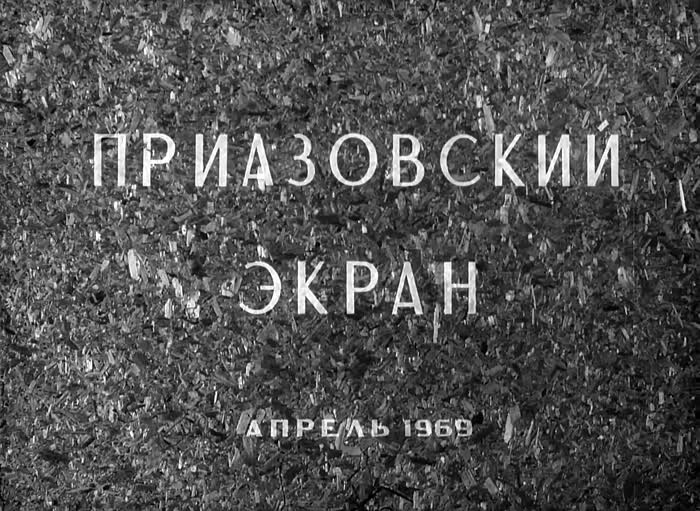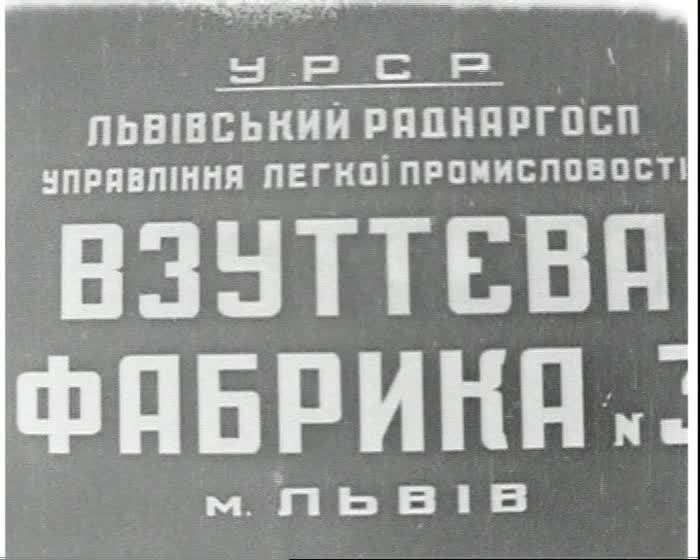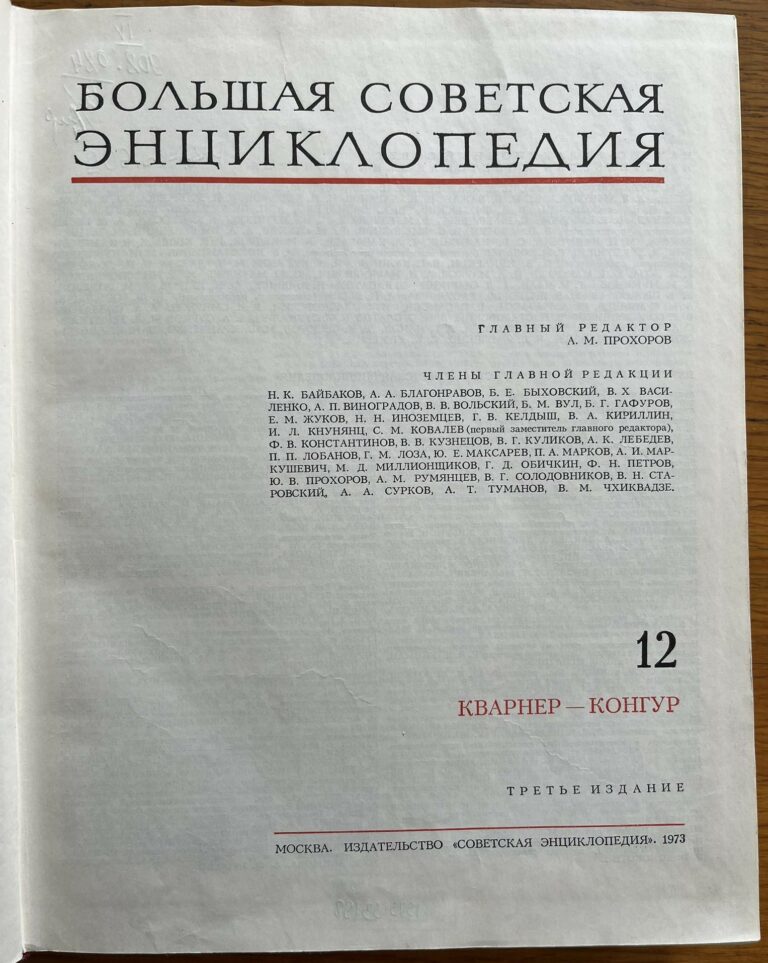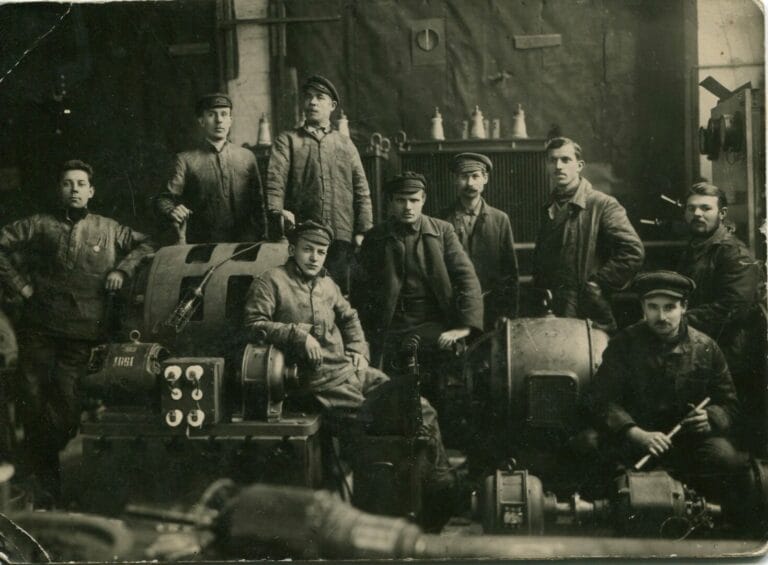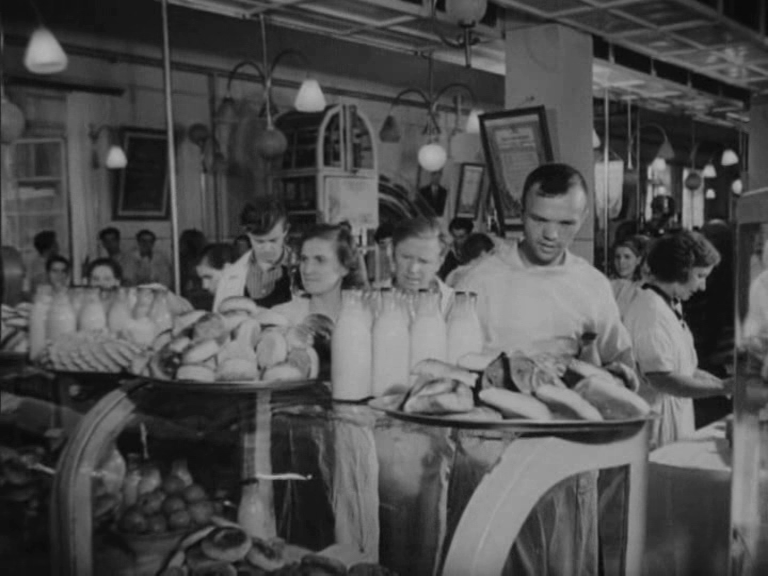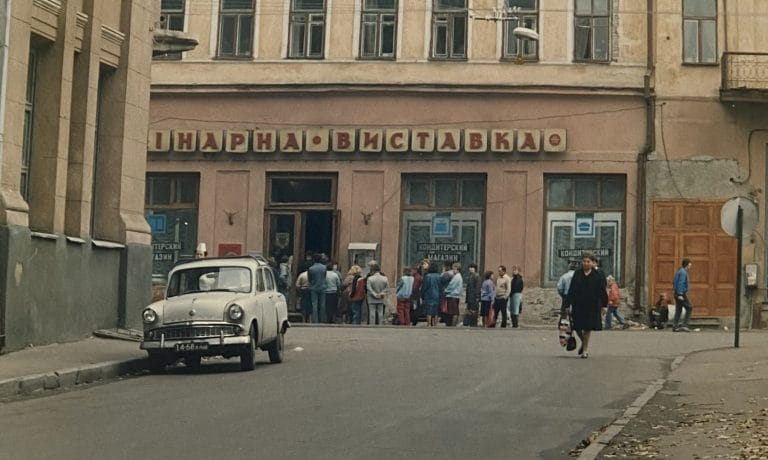Industry
We tend to understand pre-modern societies through the methods of production that they mastered during their history (like the Bronze Age or the Iron Age) or through how they produced and managed energy (wind, water, or oil). But when dealing with early modern or modern societies, researchers tend to formulate separate arguments about the political, industrial, social, and religious history of the period and sometimes overlook how these issues intersect. It is just as reductive to understand a particular society’s history through industry alone, as it is to overlook how indispensable industry is in shaping a society’s history. Therefore, the theme of Industry strives to acknowledge both the site of production and the processes of consumption and consumerism that follow, and to articulate the historical experiences of working people, power systems, and places where industries were located and developed. We are interested in, but not limited to, issues of technology and innovation, production and social life, urban planning and residential areas of workers, competition and labor, etc. We believe that we can gain a better understanding of a society’s history by focusing on the ways in which it sustained itself, which often relies on a deep understanding of its industry.
Primary Sources
